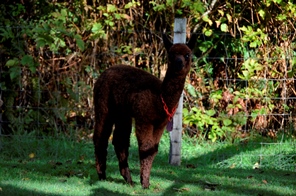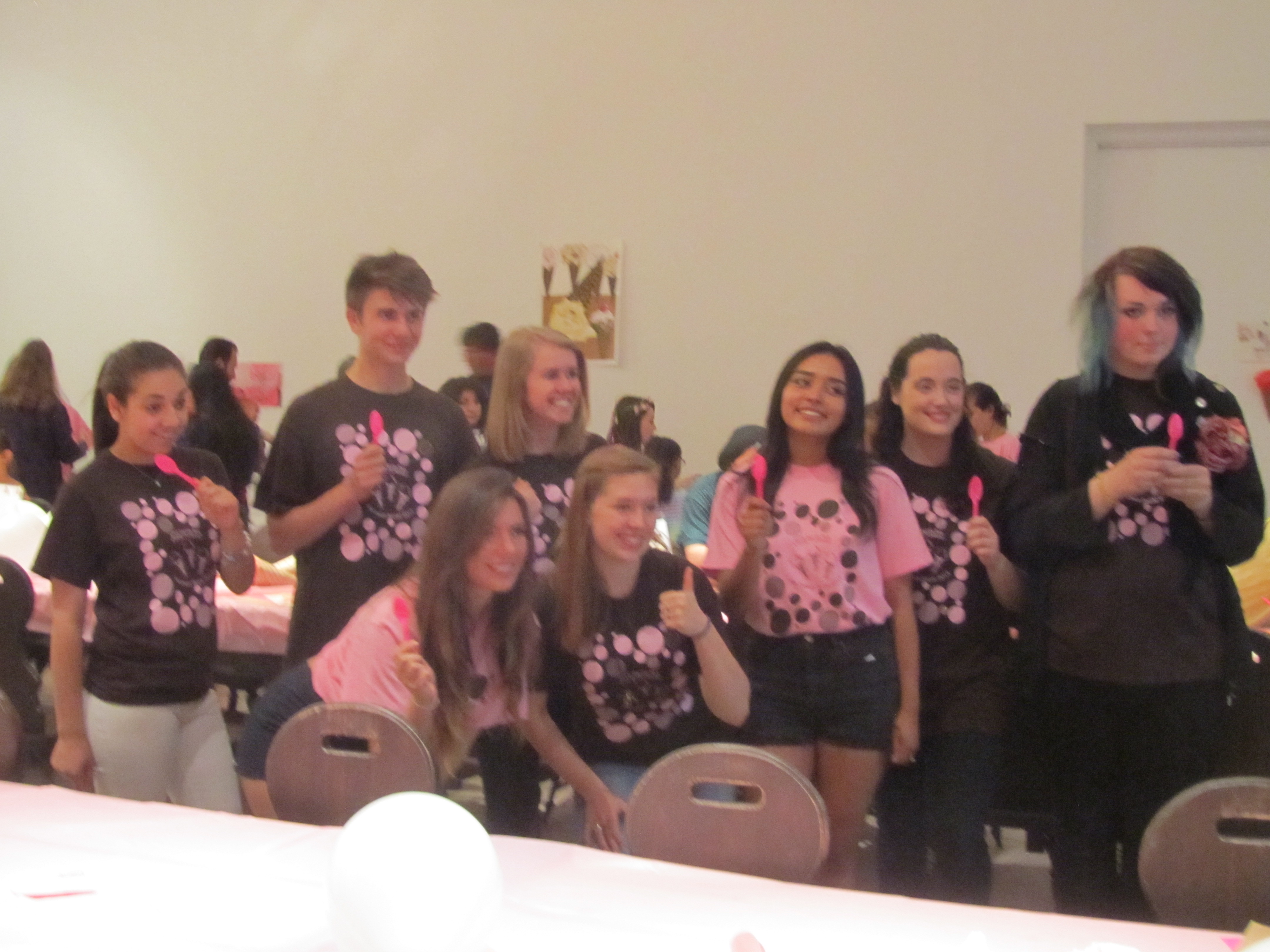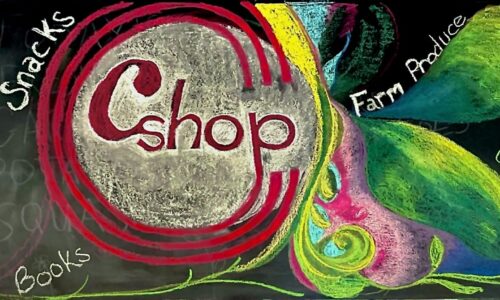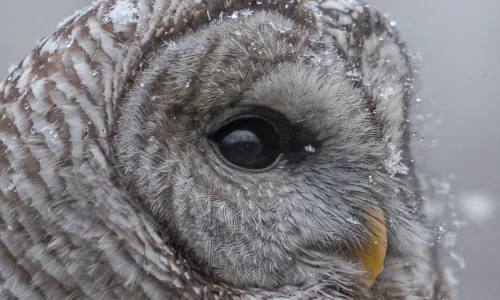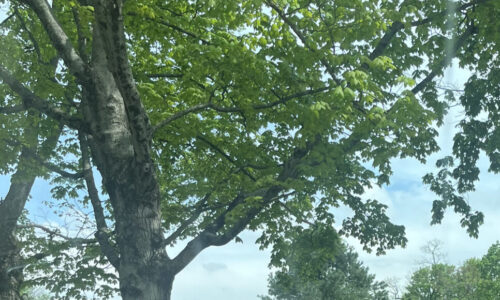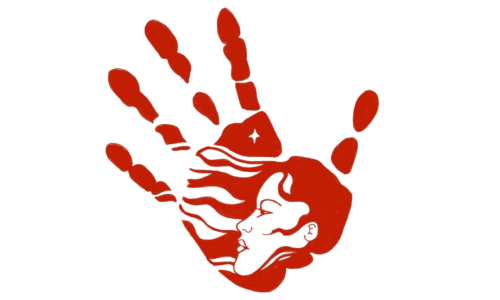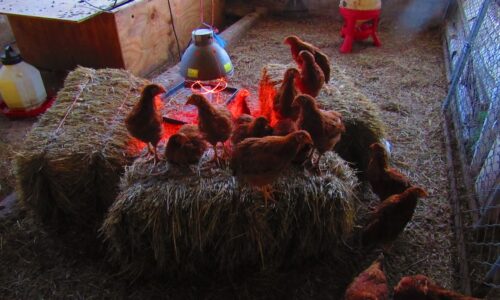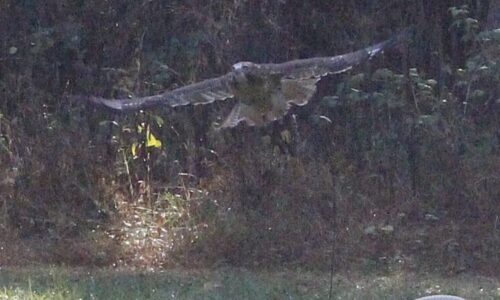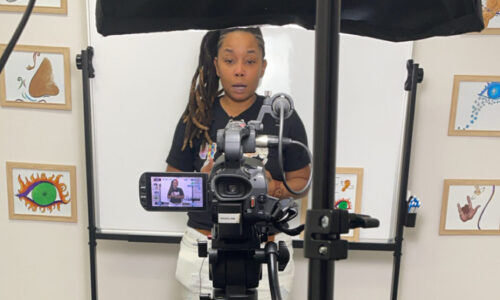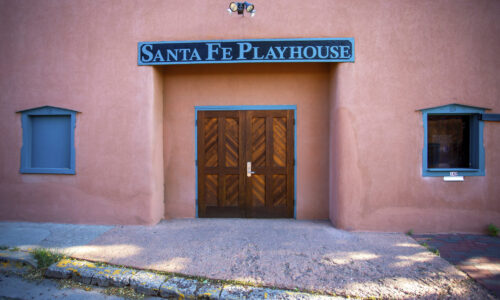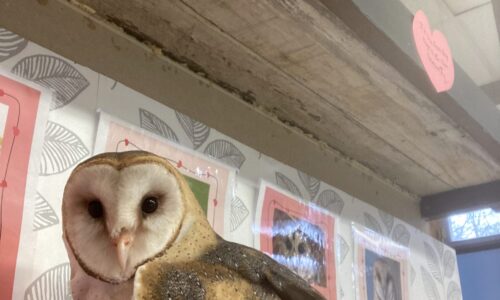Unravelling Traditions of Mayan Textiles in Chiapas, Mexico
May 03, 2021
About the Project
San Cristobal de las Casas, Mexico is an intertwining of international and local culture. And in this cultural fusion, I set out to explore the role of textiles for weavers while looking from my own lens as an outsider. My intention as a researcher is to explore the ways in which the discussion of textiles in Chiapas by weavers may differ from that presented by professionals in the museum/cultural preservation field. The story presented by such institutions is dominant for foreign visitors to the city. I hope to bring to light the voice of weavers as an act of solidarity with the weavers in pursuit of economic development. Chiapas is one of the poorest states in Mexico, and no work can neglect this reality.
For my research I hope to bring out the indigenous voice of weavers into an official art space. I have been working for a weaving co-operative in the community of Zinacantan as well as for the Centro del Textiles del Mundo Maya. Lastly, I did a short homestay with the founder of another weaving cooperative in Chenalho. Through these spaces, I noticed that there may be a divide in the way weavers think of their work compared to the cultural heritage rhetoric used by museum professionals. My project intends to explore this divide in order to better understand weavers’ perspectives and autonomy over their art.
[/vc_column_text][/vc_column]
Interview Index
Listen to the Interviews
Life on a Fiber Farm – Weaving Connections with the Earth and Myself: Nace ’17 at Fibers of the World in Lake Stevens, Washington
Feb 09, 2016For my third co-op, I’ve had the opportunity to explore the world of fiber and textiles. I have been thinking about the significance of making textiles often. The Ladak people of the Himalayas have a saying of “to be weft and to be warp,” which is interpreted as to live your life moving forward (the weft is the thread moves along the loom) and remember your past (the warp stays still on the loom). This co-op is about weaving in the missing parts of my Antioch education.
I have been working with a company called Fibers of the World and a non-profit organization called The Fibershed of the Greater Northwest. Fibers of the World is a for-profit enterprise that sells local and natural fiber products, ranging from knitwear to home décor. The Fibershed of the Greater Northwest, connects fiber farmers and artisans to create sustainable textiles and slow fashion. The two organizations are run by a group of three women, which is suitable to the traditional role women played in the production of textiles. Unlike the feminine stereotypes associated with textiles, these women are very strong, independent and, inspiring.
I have been completely immersed in the fiber world because I live in Lake Stevens, Washington at Longnecker’s Alpaca Ranch, which supplies alpaca fiber to artisans and sells the products through Fibers of the World. I assist with the daily care of the alpacas, and I have been spinning, dyeing, knitting, and felting with the alpaca fiber from the farm. I’ve gotten to know the animals that have given me the fiber to work with, and in a way we take care of each other. I give the alpacas food and water everyday, and in turn they have given me fiber to keep warm in the winter. In my fiber processing adventures, I have learned to make an indigo vat from picking the indigo plant to dying it in the same day, and again, I loved the experience of creating something directly from the earth.
Having the opportunity to work with textiles arts has been a blessing. Making art has always been an escape for me from the monotony of daily life. Creating things with my hands has allowed me to feel rooted within myself again, and more prepared to take on the academic life created by college. Knowing now that I need to engage in a creative activity, I feel that I can incorporate that practice into my life at Antioch.
My exploration of sustainable textiles began with my global seminar energy project. My group decided to take on the question of energy use in the fast-fashion industry and compare it to the emerging slow fashion movement. We started spinning wool from the sheep on our farm, and found that it can be very possible to create your own garments using your own energy. I have also found that using my own energy to make clothing is far more rewarding than buying a garment.
Through this co-op I have remembered to live out the saying of “to be weft and to be warp.” I’ve been able to reconnect with my past artistic self, and understand the agriculture and industrial roots of our country. Creating a textile is about connection. This intertwinement for me has been about understanding myself and where I want to go to make the life I want.
Are you a Socialist or a Socialite: Nace ’17 at SITE Santa Fe in Santa Fe, New Mexico
Feb 08, 2016For the past couple of months, I have been immersed in work as an Education and Outreach Intern of SITE Santa Fe, a contemporary art museum dedicated to the production and presentation of artistic and curatorial innovation. The Education Department there strives to make contemporary art accessible to everyone in the Santa Fe community as well as to explore contemporary art and from multiple perspectives with an international emphasis. I have had the unique opportunity of interning during the end of one exhibition and during the process of displaying another. This time frame has also coincided with the ending of the semester school year and beginning of summer. I was thus able to work with students, prepare research for the biennial, and learn about docent practices.
I have a much stronger understanding of the contemporary art and museum world as a result of this opportunity. SITE has myriad education programs for the greater Santa Fe community, a place already flourishing with art and culture. I mostly assisted with the Young Curators, a program in which I participated when I was a high school student. SITE also involves the youth of New Mexico in other initiatives such as the Zine Program, which works directly with local schools to create artistic responses to exhibitions. I also helped with their Youth Development Program in which SITE staff and volunteers teach art classes for Santa Fe County’s incarcerated youth. More information on SITE’s Education Department and programs can be found at sitesantafe.org/education.
Each year, the Young Curators organize an exhibition and/or plan public programs. This year the group curated an event as part of SITE’s larger exhibition, Feast: Radical Hospitality in Contemporary Art, inspired by artist David Robbins’ Ice Cream Social. They requested art from local students and solicited donations from local businesses. They chose to display some student pieces as well as create a zine of some of the most innovative artwork. I assisted in guiding the Young Curators through the processes of art administration, facilitated their decisionmaking process, and took on a leadership role in executing our shared agenda.
David Robbins’ Ice Cream Social is a commentary on community. Robbins’ core question of the social is “Are you a socialist or a socialite?” He pokes fun at American traditions. The Young Curators appreciated the community aspect of the event, which brought in a new crowd of visitors to the museum. It was a huge success for the high school group.
I was very glad to be able to see Feast because there was a piece featured that was specifically discussed in an Antioch arts course, Visual Language in Three-Dimensions, which I took my fall quarter. In this half-sculpture, half-art history course, we studied ways contemporary artists convey scale and the body. Feast included Untitled (Portrait of Ross in LA) by Felix Gonzalez-Torres. This piece looks (and is) a pile of candy in the corner of the museum, but it weighs exactly 175 pounds–the ideal weight of the artist’s lover. Gonzalez-Torres’ partner had AIDS, and the more ill he became, the more his weight dropped. Viewers of Untitled (Portrait of Ross in LA) are invited to take a piece of candy, a symbol of Ross’s weight-loss during his illness. Working as a SITE guide with its docent-program, it quickly became clear why this piece became the favorite of visiting elementary school students.
SITE trains their guides to be able to lead a tour using VTS, or Visual Thinking Strategies, which is designed to talk about art based on the visual clues and hints the artist provides to viewers. When children do VTS with this piece, they usually only think of happy words like “shiny”. It is beautiful that Ross may be remembered in such a light by these children. After learning about VTS at SITE, I realized my own visual arts professor practiced this technique with our class. Next time I take an art class, my comments may be more keen and aware of this style of speaking about art.
I have greatly appreciated this co-op opportunity, especially after having taken the College’s Global Seminar on Education this winter. New Mexico is ranked number fifty in education in the United States by some measures. Being a native New Mexican, I care greatly about the school experience here and feel very fortunate to have had exposure to art at a young age. Working in the Education Department has made me reflect on the impact of museum field trips during my elementary school career and appreciate it as a form of experiential learning. While schools have become overly focused on fill-in-the-bubble tests to assess learning, museums like SITE take pride in stimulating student creativity. Co-oping in the education department has made me realize the importance of flexibility and imagination in education. I strongly believe that children especially must cultivate imagination in order for them to become caring, creative, critical thinkers as adults. Students in Santa Fe are very lucky that the city supports and encourages art within schools.
Coming back to my hometown, I realized not only how much I have grown, but how much more I want to do with my life. Working at SITE, I rediscovered that I really love textiles and history. SITE is a non-collecting museum, similar to a European kunsthalle, or art center. I have been reflecting on an internship I did at the Museum of International Folk Art, and realized that I really appreciate collecting museums. Collecting has long been a pastime of mine.
I am now thinking about the historical role of art and costumes, and the importance of remembering the past. Last year I discovered a phrase by the Ladakh people of the Himalayas “To be weft and warp,” which means to take aspects from your past, the warp, carry those things with you, and still write your future. Coming home has reinvigorated that saying for me, and my new work at SITE has helped me learn about what I want my place in the world to be. I know that I still love museums and I want to work with historical objects–not only to know the past but to have a better understanding of where we are moving in the future.



